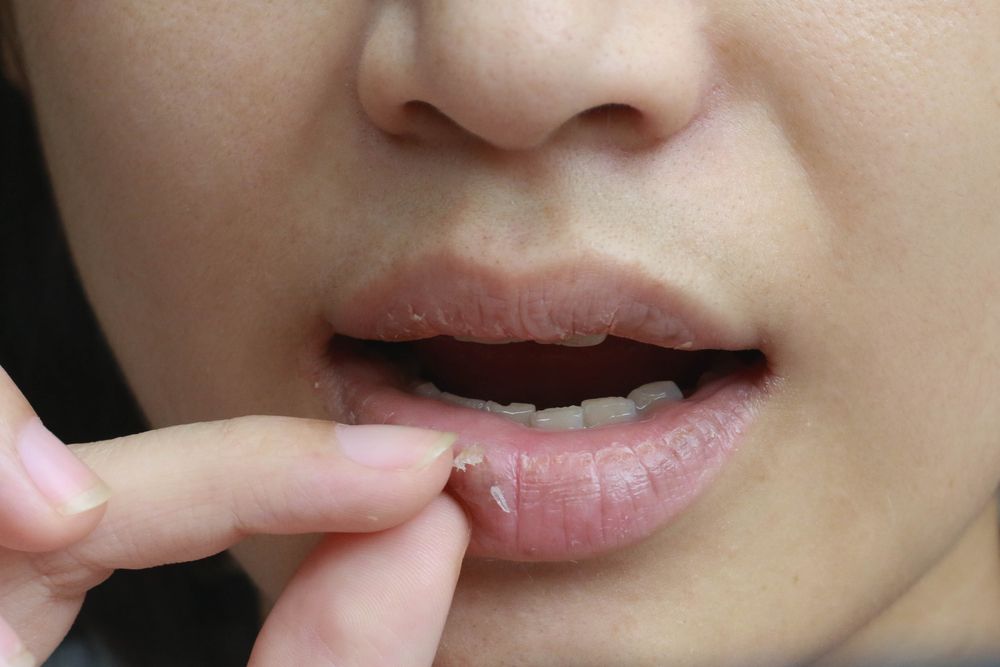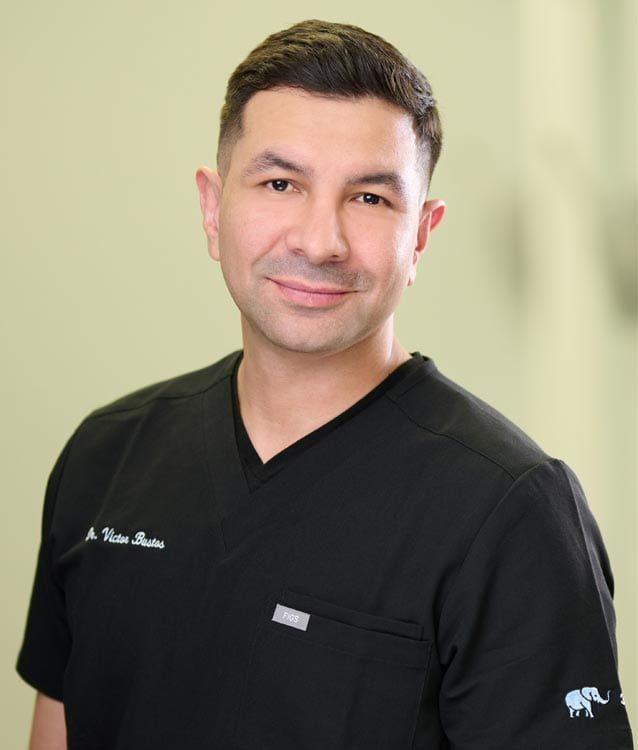Our gums are one of the most vitally important areas of our mouths but are also often the most neglected. In our mouths, our gums help protect our teeth from harmful damage and decay and provide our teeth with the cushion and support needed for our health. Light pink gums are a good sign that your teeth are healthy, but one of the most missed signs of unhealthy teeth is dark triangles. Dark triangles, also known as black triangles or dental triangles, are small spaces in between the teeth that indicate areas where the gums are supposed to meet. Signs of dark triangles shouldn’t be ignored, and if you notice the signs, then here are our recommendations for what you can do about it.
What Causes Dark Triangles in The First Place?
Dark triangles may not seem like a huge problem at first. They may not even bother you at all aesthetically. However, dark triangles often indicate serious issues with your oral health, as, over time, these dark triangles can lead you to become more vulnerable to oral diseases and tooth decay. About 60% of the population has some degree of dark triangles in their mouths over the age of 20, and this issue normally occurs due to poor oral hygiene. But why are dark triangles bad? These spaces in between the teeth can increase your risk or present already known problems with your oral health, as these spaces can develop from these common causes:
- The Normal Aging Process: Dark triangles are most prevalent in older patients. Specifically, those at least 65 and older. The aging process tends to cause the gums to recede over time and cause the enamel to weaken, leading to decay. Having improper nutrition often causes this issue and can be prevented ahead of time with vitamin D supplements.
- Gum Disease Symptoms: Gum disease is also the primary cause of dark triangles, as gum disease tends to attack the gum tissue, causing it to bleed, inflame, and eventually recede.
- Tooth Root Decay: The combination of gum recession and other oral health problems can directly cause the tooth’s roots to decay over time, increasing the likelihood of dark triangles.
- Failed Restorations: As another potential cause, improper restorations performed by your dentist can cause complications that lead to dental triangles.
What Treatments Work For Dental Triangles?
Dark triangles can be treated in many ways depending on your oral health and the type of dentist you work with for treatment. Choosing the right dentist for your concerns can help present multiple options for you when it comes to treating dark triangles. For instance, orthodontists may recommend tooth alignment to correct the issue, while cosmetic or restorative dentists may recommend gum contouring or veneers to correct the problem. It all comes down to what types of treatments you have available to you according to your budget, medical needs, and available resources at hand.
For the best resources, the first place you should go is to your primary dentist for an appointment. Through their consultation, they can provide you with a referral that can get you to the dentist you need to treat dark triangles for good.






